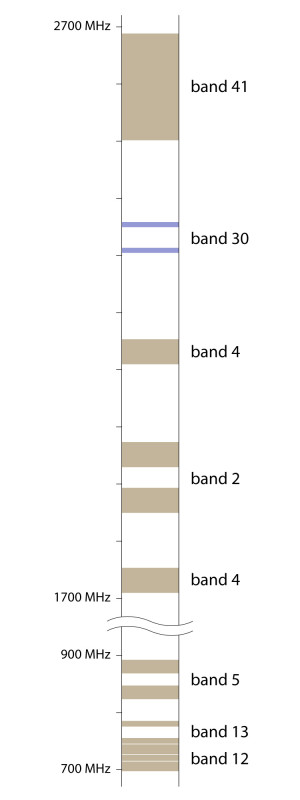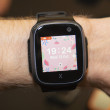WCS

(Band 30)
Wireless Communications Service
A radio frequency band near 2,300 MHz (2.3 GHz.)
For LTE and similar mobile service, deployment in the WCS band is defined as "band 30".
This band consists of four sub-bands, called blocks. Different blocks are divided into different regional areas of varying sizes.
Like most bands designed for two-way service, WCS blocks A and B are paired spectrum. This means phones transmit on one frequency, while towers transmit on another band, so as not to interfere. Therefore WCS A&B consists of 2305 - 2315 MHz paired with 2350 - 2360 MHz.
The C and D blocks are not paired, and therefore not ideal for mobile phone service, although such use is possible. The C and D blocks are also adjacent to satellite radio frequencies.
The WCS band has been contentious because it is so close to the band used for satellite radio (Sirius XM), creating the potential for real-world interference that was not anticipated when the FCC allocated the bands. This has led to restrictions and compromises to attempt to make WCS useful for mobile phones without interfering with satellite radio.
The WCS band was auctioned off in 1997.



